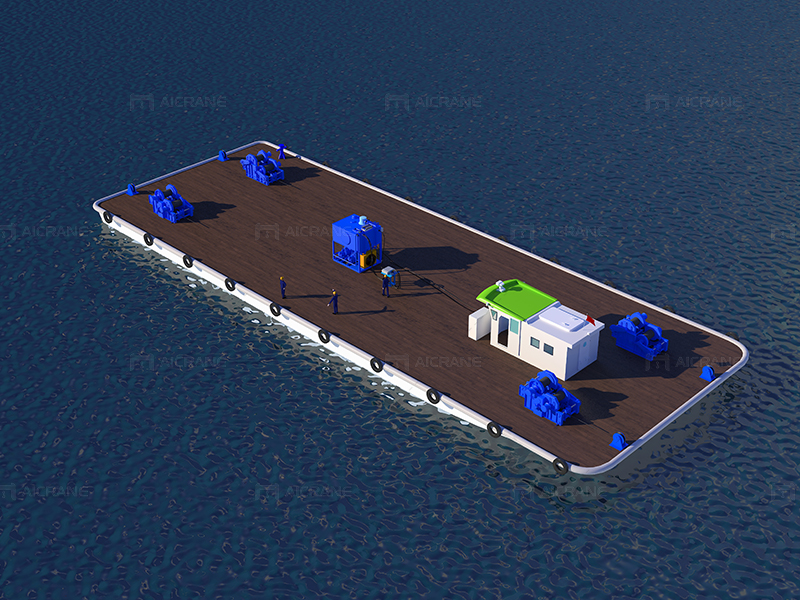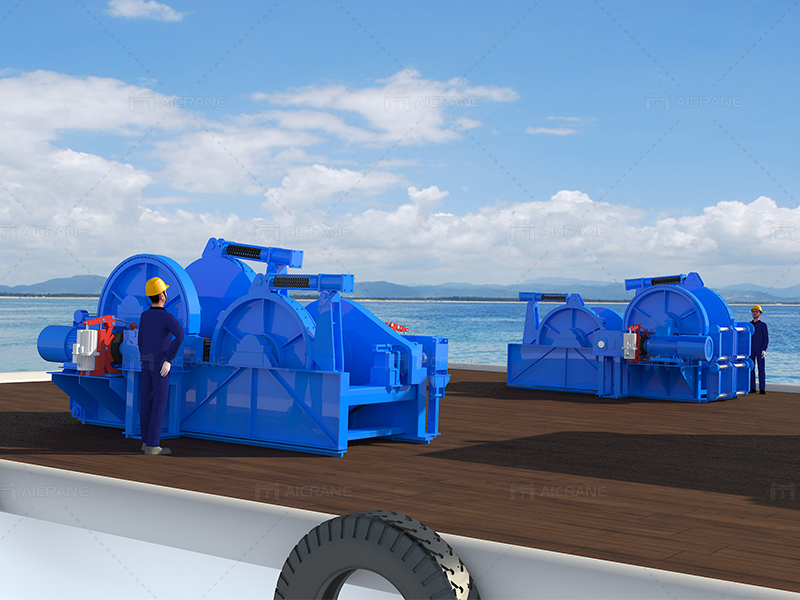Marine winches play a crucial role in various maritime operations, from anchor handling to mooring and towing. One of the key considerations when selecting a marine winch is determining the right capacity for the intended application. The capacity of a winch is essentially its ability to lift or pull a specified load, and choosing the correct capacity is paramount for ensuring the safety and efficiency of maritime operations. In this article, we will delve into the factors that influence the choice of capacity for a marine winch.

Understanding Winch Capacity
The capacity of a marine winch is typically measured in terms of line pull, which is the force exerted by the winch on the rope or cable it is pulling. Line pull is usually expressed in pounds or kilograms and indicates the maximum load the winch can handle. To choose the right capacity for a marine winch, several factors must be taken into consideration.
Type of Operation:
Different maritime operations require varying degrees of force. For instance, anchor handling may require a higher capacity winch compared to a winch used for routine mooring.
Identify the primary purpose of the winch and the loads it will encounter in typical operations.
Weight of the Load:
Determine the maximum weight of the loads the winch will be required to handle. This includes not only the static weight but also any additional dynamic forces that may come into play during operations.
It’s essential to consider the heaviest loads expected in real-world scenarios.
Safety Factors:
Incorporate safety factors into your calculations to ensure that the winch has a capacity margin that can handle unexpected variations in load or challenging conditions.
Industry standards often recommend applying a safety factor of 1.5 to 2 times the anticipated load to account for uncertainties.
Environmental Conditions:
Consider the operating environment, including weather conditions and sea state. Adverse weather conditions may increase the resistance on the winch, requiring a higher capacity.
If the winch will be used in extreme conditions, such as high waves or strong currents, factor these conditions into the capacity requirements.

Type of Rope or Cable:
The type and diameter of the rope or cable used with the ship winch can impact its capacity. Different materials and sizes have varying tensile strengths.
Ensure that the winch capacity aligns with the breaking strength of the chosen rope or cable.
Duty Cycle:
Consider the duty cycle of the winch, which refers to the duration and frequency of use. Continuous or frequent use may require a higher capacity winch to prevent overheating and premature wear.
Evaluate the duty cycle based on the specific needs of the application.
Future Expansion:
Anticipate potential changes in operational requirements and account for future expansion. Choosing a winch with a slightly higher capacity than currently needed can accommodate future growth and versatility.
Consult with the winch manufacturer to discuss potential upgrades or modifications.
Budget Considerations:
While it’s crucial to ensure the winch has the necessary capacity, budget constraints are a reality. Balance the performance requirements with cost considerations to find a suitable solution.
Evaluate the total cost of ownership, including maintenance and operational expenses, over the life of the winch.
Conclusion
Choosing the right capacity for a marine winch is a multifaceted process that requires a thorough understanding of the specific operational requirements and conditions. By considering factors such as the type of operation, weight of the load, safety factors, environmental conditions, type of rope or cable, duty cycle, future expansion, and budget considerations, operators can make informed decisions that contribute to the safety, efficiency, and longevity of marine winch operations. Collaborating with reputable winch manufacturers and seeking expert advice ensures that the selected winch meets the unique demands of the maritime environment. Ultimately, investing time and effort in the capacity selection process pays dividends in terms of operational reliability and safety at sea. To learn more, visit https://steelmillcranes.com/
